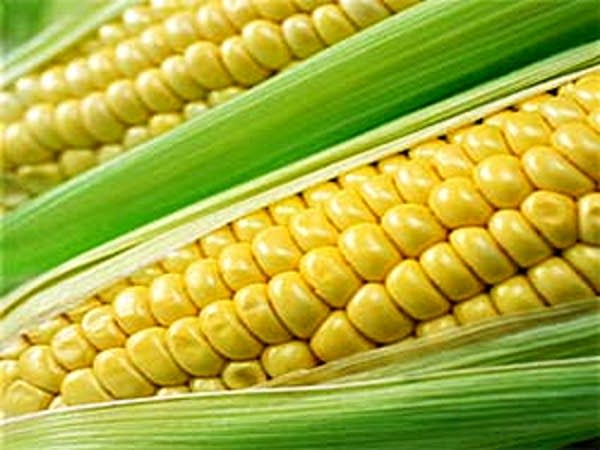USDA crop survey shows corn harvest down slightly
Go Deeper.
Create an account or log in to save stories.
Like this?
Thanks for liking this story! We have added it to a list of your favorite stories.

The Agriculture Department estimates that U.S. farmers will harvest about 79 million acres of corn this fall, down about 9 percent from last year.
The prospect of a smaller crop has pushed corn prices steadily higher this year, into record territory. Minnesota farmers have seen prices top $7 a bushel at their local elevators.
However, the world of grain trading is all about expectations. The USDA report contradicted the expectations of many corn marketers.
[image]
Turn Up Your Support
MPR News helps you turn down the noise and build shared understanding. Turn up your support for this public resource and keep trusted journalism accessible to all.
Most traders thought the agriculture department would estimate an even smaller corn crop, according to Pioneer Hy-Bred grain analyst Virg Robinson. Robinson says adding to the trader's unmet expectations, was a companion USDA estimate that says there's more corn leftover from last year's crops than anticipated.
"A couple of surprises at least as measured by pre-report estimates," says Robinson. "That got the markets started rolling downward."
Corn prices finished 4 percent lower for the day.
Robinson says another factor at play is that some traders wonder how accurate the USDA numbers are.
This has been a year of great uncertainty in the nation's farm fields. Rain has flooded low spots and overflowing rivers have drowned emerging crops. In a few locatoins, muddy land has prevented any planting.
Robinson says it'll take actual harvest numbers to know if the agricultured department estimates of the crop are accurate.

All of that uncertainly causes dramatic day to day swings in grain prices.
Farmers always want to sell at the top of the market when prices are highest, but southwest Minnesota farmer Roger Dale says the dramatic price swings make it hard to know when that will be.
"What do you do?", asks Dale. "You just throw a dart at a target and go from there or what? I don't know. The hardest part of farming is marketing and it's definitely proving it right now."
Dale says if farmers contract their corn too early they might miss out on a later price rally. When the market drops though, farmers like Dale wonder if they missed out on the highest price of the year.
Dale says crops in his area near Hanley Falls look good right now. However parts of the state have seen heavy rains which flooded out some fields.
Much of the crop is lagging in development. The average corn height in Minnesota is 20 inches, well below the five-year average of 33 inches.
Grain analyst Virgil Robinson says that sort of lagging growth is common across most the U.S. He says an early frost could cause big corn losses.
"Upwards of 30 percent of the corn that has been planted, will not be mature until the first week of October," he says. "That's an issue that we haven't spent a lot of time discussing, but will certainly be a huge market dynamic."
Robinson says the price of corn is a major issue for livestock producers who use it as feed. Hog producers have been losing money on every pig they sell for most of the year.
Consumers have noticed corn prices too, as many products have increased in cost because of higher priced corn based ingredients.
Some ethanol plants have shutdown or delayed production because corn costs too much.
The USDA report provide a glimmer of hope that the corn price surge may be slowing but more bad weather could quickly eliminate that prospect.



